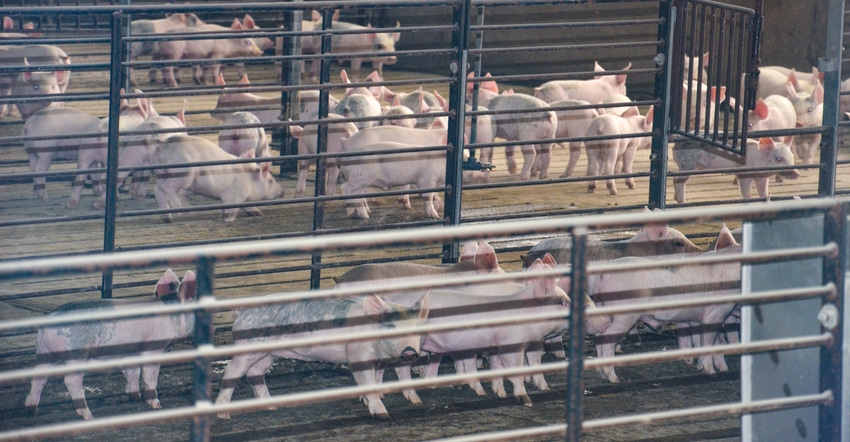July 10, 2018

By Chris Hurt
Hog prices are headed lower right now. This is nothing unusual for this time of year. In fact, it is downright normal. Hog prices have a lot of seasonal tendencies, and those will be in place this year.
The highest prices tend to occur in the late spring and summer — generally the months of May, June, July and August. Over the past 20 years, the highest monthly average hog price for the year has come in one of those four months in 90% of those years.
So, some reasonable hog prices may be in the market for the next few weeks. Expect them to move lower in late August, and even lower in September and October. My current projection is that lean hog carcass prices will have a September average of $10 to $15 per cwt lower than the average price for August.
As we have discussed in previous articles, it continues to look like there may be some large losses in the last quarter of 2018 and the first quarter of 2019.
There are still quite a few issues that can impact hog prices and costs of production.
Tariff factor
Pork tariff talk has caused great uncertainty for the market this year. Mexico is our largest customer and bought 7% of U.S. pork production last year. China is also a big buyer. We shipped about 2% of our 2017 production to China.
A tariff put on U.S. pork exports is a tax that raises the price of U.S. pork for the importing country. The impact is lower U.S. live hog prices and higher pork prices in the importing country.
Chinese and Mexican tariffs on U.S. pork will reduce the amount we sell to those countries, and they will replace much of the U.S. pork with purchases from other countries. The European Union is the largest exporter of pork in the world, and Canada is the third-largest exporter. Both are expected to benefit from any tariffs on U.S. pork exports.
It is unfortunate that the U.S. pork industry is caught up in these trade conflicts between our major trading partners that are a loss situation for both sides. The U.S. has an efficient, low-cost pork industry; we want to compete for exports and prefer to see a reduction of tariffs and other trade barriers that would enable both parties to be better off financially.
Weather plays role
Weather over the next six weeks and its impact on final crop yields will also be important in determining feed costs over the next 12 months. Feed costs are a big factor that help determine profitability for pork producers.
Next year still looks like a challenge, with losses in the first and fourth quarters, and break-even situations in the second and third quarters. Whether tariffs are in the mix or not could be an important determinant of the 2019 outlook.
Hurt is a Purdue University Extension agricultural economist. He writes from West Lafayette, Ind.
You May Also Like




